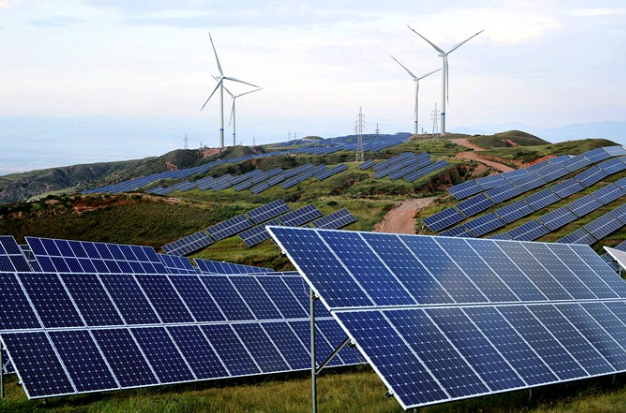China Takes Axe To Alternative Energy Funding, Slashing Subsidies For Solar And Wind
Things might be going from bad to worse for Elon Musk and his merry band of alternative energy cultists in China. While Musk is currently in the midst of criticism from the Chinese government related to a bait and switch he is pulling on vehicle hardware (while blaming the coronavirus), the Chinese government appears to be set on slashing additional alternative energy subsidies in 2020.
China is going to cut its budget for new solar power plants in half this year and plans on completely ending handouts for offshore wind farms, according to Caixin.
It is the latest in a string of moves by the Chinese government to cut support for renewable energy. The attitude has shifted in recent years as manufacturing costs have dropped. The government now seems focused on getting renewable energy to stand on its own.
On Tuesday, China’s National Energy Administration (NEA) announced it had cut this year’s subsidies for new solar power projects by 50% to 1.5 billion yuan ($215.8 million). “Of the total, it has earmarked 1 billion yuan for large solar projects, which will be divvied out through auctions. The remainder will be used for residential solar systems,” Caixin reports.
China is also doing away with subsidies for new offshore wind farms this year and is ending subsidies for new onshore projects in 20201.
Shi Jingli, a professor at a research institute under China’s top economic planner said: “Cutting subsidies for new renewable energy projects is a reasonable measure to allocate funds more wisely. The generous subsidies given to offshore wind farms over the past few years have weighed on the central government’s finances and caused severe deficits in subsidy funding.”
Jingli continued: “Considering the damage that the coronavirus outbreak has done to businesses, the NEA has extended the application period for the auctions until mid-June. It has also given solar and wind farm operators an additional month to apply to connect their projects to the country’s power grid, which is necessary for a power plant to start selling electricity.”
Meanwhile, new installations of solar power capacity plunged 40% last year after the country installed 26.81 gigawatts of new capacity. Numerous other projects underway have already hit major delays due to the coronavirus outbreak and supply chain disruptions.
Could EVs be next?
Tyler Durden
Thu, 03/19/2020 – 00:50
